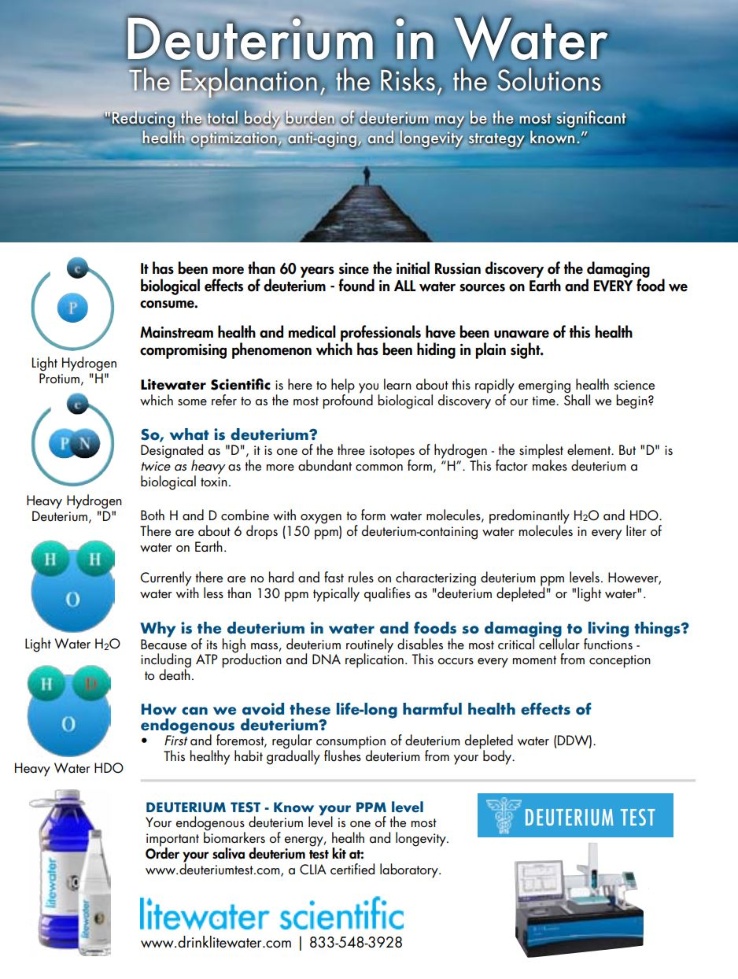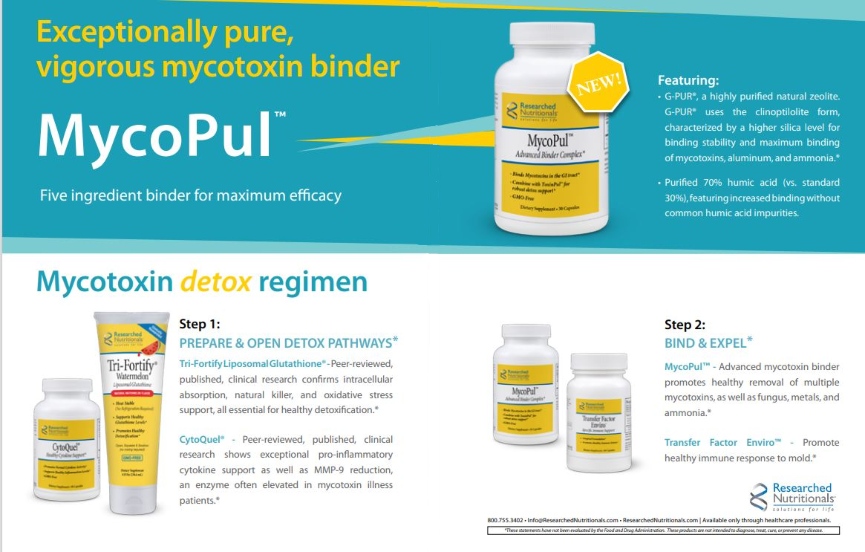Jacob Schor, ND
Two recently published studies have caught our attention and have been on my mind these last few weeks as we have stayed at home in COVID-lockdown mode. Both studies look at the association between changing levels of air pollution and mortality. This is relevant because our social distancing response to the pandemic has had a striking side effect: air pollution levels have fallen dramatically as most countries have instituted similar lockdown measures to slow the spread of the virus.1
Unwittingly we have all become participants in a global experiment testing whether lowered air pollution will be associated with improved health, decreased morbidity, and a reduction in mortality, in particular from cardiovascular diseases (CVD).
The first of these two studies was published in Environmental Health (February 17, 2020) and written by Bingyu Wang and others at Northeastern University in Boston. Wang used data from fifty-three million US Medicare beneficiaries (aged ≥65) with approximately 4 billion person-months of follow-up.. They combined each individual’s address and zip code to obtain data from the Environmental Protection Agency (EPA). Using meteorological and geo-temporal models they calculated individual exposure to PM2.5 over an eight-year period (2000-2008). They compared this calculated PM2.5 exposure against disease specific and all-cause mortality using Cox proportional models.
They found that PM2.5 was significantly associated with mortality from CVD, respiratory disease, and cancer. A 10 μg /m3 increase in average PM2.5 in the 12 months prior to death was associated with a 5% increase in all-cause mortality, as well as an 8.8% increase in all cardiovascular disease (CVD), a 5.6% increase in all respiratory, and 2.5% increase in all cancer deaths, respectively, in age, gender, race, ZIP code, and socio-economic status (SES)-adjusted models. PM2.5 exposures, however, were not associated with lung cancer mortality. The results were the same across gender, race, age, economic status. There was no evidence of an exposure threshold beneath which PM2.5 was not associated with harm.2
The other study that got our attention was by Raymond Pranata et al and was published on March 13, 2020 in the Journal of Evidence-Based Medicine. It was a comprehensive review and meta-analysis of past studies on air pollution and CVD mortality. Data from 84 cohorts, comprising a total of 28,215,394 subjects, were combined. Increases in fine particulate air pollutants were associated with increases in all measures of CVD, acute coronary events, stroke, and high blood pressure. Mortality rates from CVD increased by 10% for the PM2.5 increases and 17% when the larger PM10 particles were tracked. Increases in NO were associated with a 17% increase in CVD mortality and a 23% increase in all-cause mortality.3
While these two most recent studies should perhaps carry the most weight there are other studies worth mentioning. Hayes et al reported in papers published in July 2019 and in February 2020 (n=565,477) that each 10 μg/m3 increase in PM2.5 was associated with a 16% increase in mortality from ischemic heart disease [hazard ratio (HR) 1.16; 95% CI 1.09-1.22] and a 14% increase in mortality from stroke (HR 1.14; CI 1.02-1.27).4,5
Wang’s finding that lung cancer mortality was not associated with air pollution was not unexpected. Prior studies have also reported a similar null effect6 though others have seen a positive association.7 It may be that the harmful impact of smoking far exceeds that of background air pollution with lung cancer.
As I write this in early April 2020, the curve representing viral infections is still climbing.
We were first introduced to this concern about air pollution in 2015, by our friend Walter Crinnion, ND. At that time, the World Health Organization estimated that air pollution accounted for 1.3 million deaths worldwide every year. Dr. Crinnion concluded a review article he had written on the topic: “It is quite possible that one of the most effective preventive medicine modalities would be the installation of a high-quality air purifier in the home”8
Initially I thought he had exaggerated the benefits, but I’ve lost that skepticism and find that I now agree. In the half decade since, we’ve seen the publication of studies suggesting an association of air pollutants with a range of health conditions. The focus is now on the ultra-small particulates known as PM2.5 that are fine inhalable particles with diameters that are generally 2.5 micrometers or smaller. As a follow up to Crinnion’s initial review on air pollution, the Natural Medicine Journal (NMJ) has reviewed studies that report an association between PM2.5 exposure to obesity,9 diabetes,10 anxiety,11 suicide,12 psychosis,13 low birth weight,14 cognitive performance,15 all-cause mortality,16 lung infections,17 and atherosclerosis.18
The strongest associations have been with cardiovascular disease. In 2017 Miller et al provided evidence for the mechanism underlying this. They demonstrated that inhaled nanoparticles translocate from the lung into the circulation and that the particles accumulate at sites of vascular inflammation. Particle translocation appears to be size-dependent, with greater translocation and accumulation of the smaller nanoparticles.
Earlier research had shown that acute exposure to diesel exhaust causes vascular dysfunction, thrombosis, and myocardial ischemia in healthy individuals and in patients with coronary heart disease.19 Chronic exposure to particulate air pollution is associated with development and progression of atherosclerosis in both animals and humans.20 Miller made it clear how this happens. Inhaled particles deposit deep in the lungs and trigger oxidative stress and inflammation.21 The nanoparticles themselves penetrate the alveolar epithelium and translocate into the circulation and directly contribute to disease.22 The nanoparticles probably trigger tissue inflammation, which increases the translocation of particles.23
The range of prognostic numbers we find in these papers by Wang, Pranata, Hayes and others might be used when looking at out current lockdown. These review predictions vary from a 5% increase in all-cause mortality (Wang), a 10% increase in CVD mortality (Pranata) to a 16% increase in mortality from ischemic heart disease (Hayes) for a shift of 10 μg/m3 in average PM2.5. [I probably should slip in Pope et al in their 2015 study reported that, for a similar increase in fine particulate air pollution, there was a 12% increase in CVD deaths.24
These findings provide a crude gauge with which to make estimates of what we might predict to see in future studies that look back on this time period in regard to CVD mortality.
In an article posted in early March on the academic website G-Feed, Marshall Burke, a professor at Stanford’s Environmental Earth Systems Science Department, calculated that the decreased air pollution in China this past winter, may have saved twenty times more lives than were lost due to the COVID-19 infection in that country.25 Burke relied on older Chinese research to make his calculation; neither Pranata nor Wang had been published when he was making his calculations.26
Burke utilized the 2016 findings from Su et al who had analyzed data collected during the 2008 Summer Olympics and Paralympic Games. Recall how China went to great efforts to reduce ambient air pollution during the games by restricting traffic and shutting down pollution sources.27 Burke estimated that the current shutdown in response to COVID-19, resulted in “…about a 10 ug/m3 reduction in PM across China in Jan-Feb of 2020 relative to the same months in the previous 2 years.” He et al had reported, “…that a 10 percent decrease in concentrations reduces the monthly standardized all-cause mortality rate by 8 percent.”28
Burke writes, “Putting these numbers together…yields some very large reductions in premature mortality…. I calculate that having 2 months of 10 ug/m3 reductions in PM2.5 likely has saved the lives of 4,000 kids under 5 and 73,000 adults over 70 in China.”
Actually, on April 3, 2020, the European Union’s Copernicus Atmosphere Monitoring Service announced that comparing the difference between the monthly average for February 2020 and the mean of monthly averages for February 2017, 2018, and 2019, indicates a reduction of about 20-30% in surface PM2.5 over large parts of China in February 2020 based on information from their satellite observations.29
The US started out with much cleaner air than China so perhaps these relationships will not apply the same way. Yet recall that Wang et al, reported, “…no evidence of a lower threshold for response or of lower Risk Ratios (RRs) at low PM2.5 levels.” This suggests that lowering our own pollution levels may still results in significant improvements.
About 647,000 people die in the US each year from CVD.30 If our staying at home were to lower this figure by 10% (to use Burke’s conservative figure), that would prevent nearly 65,000 deaths from CVD alone, a change that should be noticeable. Pranata’s 16% decrease could save over 103,000 lives a year.
In the coming months and years, we may see more accurate measures of the true impact air pollution has and perhaps be able to more accurately calculate its costs to communal health. Talk of any cost benefit analysis of our attempt to save lives by slowing viral spread are premature as we have yet to measure the actual impact of our actions. As I wrote, we’re part of a large experiment; the data hasn’t been collected or analyzed yet.
Unfortunately, our experiment may be confounded by other concurrent events. The EPA is rolling back certain pollution enforcement rules, and it may be difficult to account for the resultant harm this may cause when balanced against the health improvements from cleaner air. Job loss and the related shifts that unemployment have on heart health outcomes will also need to be taken into account.
Time will tell, but in the meantime, those who live in the city are enjoying cleaner air and bluer skies than we have seen in decades, even if we have to wear a face mask and do so from our front porch.
References
- https://www.bbc.com/news/world-asia-51691967
- Wang B, et al. The impact of long-term PM2.5 exposure on specific causes of death: exposure-response curves and effect modification among 53 million U.S. Medicare beneficiaries. Environ Health. 2020 Feb 17;19(1):20.
- Pranata R, et al. A time-to-event analysis on air pollutants with the risk of cardiovascular disease and mortality: A systematic review and meta-analysis of 84 cohort studies. J Evid Based Med. 2020 Mar 13.
- Hayes RB, et al. PM2.5 air pollution and cause-specific cardiovascular disease mortality. Int J Epidemiol. 2019 Jul 10. pii: dyz114.
- Hayes RB, et al. PM2.5 air pollution and cause-specific cardiovascular disease mortality. Int J Epidemiol. 2020 Feb 1;49(1):25-35.
- Beelen R, et al. Long-term effects of traffic-related air pollution on mortality in a Dutch cohort (NLCS-AIR study). Environ Health Perspect. 2008 Feb;116(2):196-202.
- Kim H-B, et al. Long-term exposure to air pollutants and Cancer mortality: a meta-analysis of cohort studies. Int J Environ Res Public Health. 2018;15(11):2608.
- Crinnion W. Air Pollution, Disease, and Mortality: Particulate matter as a global health threat. Natural Medicine Journal. 2015 vol. 7:91.
- Alderete TL, et al. Longitudinal associations between ambient air pollution with insulin sensitivity, β-cell function, and adiposity in Los Angeles Latino children [published online ahead of print January 30, 2017]. Diabetes.
- Solimini AG, D’Addario M, Villari P. Ecological correlation between diabetes hospitalizations and fine particulate matter in Italian provinces. BMC Public Health. 2015;15(1):708.
- Power MC, et al. The relation between past exposure to fine particulate air pollution and prevalent anxiety: observational cohort study. BMJ. 2015 Mar 24;350:h1111.
- Bakian AV, et al. Acute air pollution exposure and risk of suicide completion. Am J Epidemiol. 2015;181(5):295-303.
- Newbury J, et al. Association of air pollution exposure with psychotic experiences during adolescence [published online ahead of print March 27, 2019]. JAMA Psychiatry.
- Smith RB, et al. Impact of London’s road traffic air and noise pollution on birth weight: retrospective population based cohort study. BMJ. 2017;359:j5299.
- Zhang X, Chen X, Zhang X. The impact of exposure to air pollution on cognitive performance. Proc Natl Acad Sci U S A. 2018;115(37):9193-9197.
- Di Q, et al. Association of short-term exposure to air pollution with mortality in older adults. JAMA. 2017;318(24):2446-2456
- Horne BD, et al. Short-term elevation of fine particulate matter air pollution and acute lower respiratory infection [published online ahead of print April 13, 2018]. Am J Respir Crit Care Med.
- Miller MR, et al. Inhaled nanoparticles accumulate at sites of vascular disease. ACS Nano. 2017;11(5):4542-4552.
- Lucking AJ, et al. Diesel exhaust inhalation increases thrombus formation in man. Eur Heart J. 2008;29(24):3043-3051.
- Brook RD. Cardiovascular effects of air pollution. Clin Sci (Lond). 2008;115(6):175-187
- Miller MR, Shaw CA, Langrish JP. From particles to patients: oxidative stress and cardiovascular effects of air pollution. Future Cardiol. 2012;8(4):577-602.
- Hussain M, et al. Intratracheally instilled titanium dioxide nanoparticles translocate to heart and liver and activate complement cascade in the heart of C57BL/6 mice. Nanotoxicology. 2015;9(8):1013-1022.
- Meiring JJ, et al. The influence of hydrogen peroxide and histamine on lung permeability and translocation of iridum nanoparticles in the isolated rat lung. Part Fibre Toxicol. 2005;2:3.
- Pope CA 3rd, et al. Relationships between fine particulate air pollution, cardiometabolic disorders, and cardiovascular mortality. Circ Res. 2015 Jan 2;116(1):108-15.
- https://www.independent.co.uk/environment/satellite-images-emissions-climate-crisis-coronavirus-europe-map-a9426436.html
- http://www.g-feed.com/2020/03/covid-19-reduces-economic-activity.html
- Su C, et al. Assessing responses of cardiovascular mortality to particulate matter air pollution for pre-, during- and post-2008 Olympics periods. Environ Res. 2015 Oct;142:112-22.
- He G, et al. The effect of air pollution on mortality in China: Evidence from the 2008 Beijing Olympic Games. J Env Econ & Man. September 2016;79: pgs. 18-39.
- https://atmosphere.copernicus.eu/amid-coronavirus-outbreak-copernicus-monitors-reduction-particulate-matter-pm25-over-china. Accessed April 3, 2020
- https://www.cdc.gov/heartdisease/facts.htm











